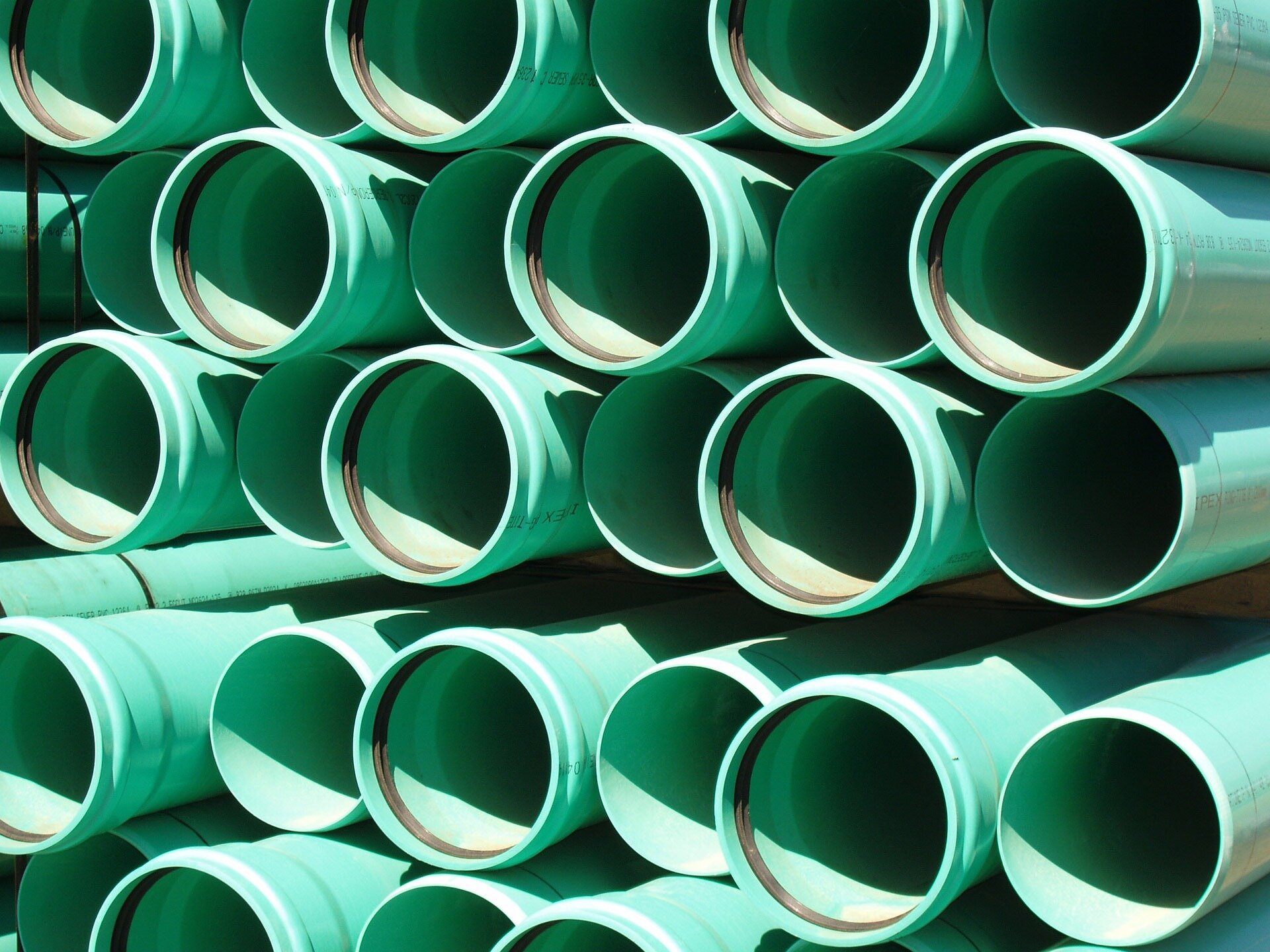
Communities across the U.S. rely on drainage culverts to keep roadways safe. While these buried structures cross streams and divert water from roadways, many are in need of repair. Unexpected culvert failures can disrupt traffic, damage the environment and nearby property, and can even be fatal.
Two popular methods used to repair damaged culverts are called spray-on lining and cured-in-place-pipe (CIPP) lining. Both practices involve the outdoor manufacture of a new plastic liner—at the existing culvert. Because both practices bring raw chemicals onsite, environmental contamination, fish kills, and downstream drinking water contamination has occurred. Potentially hazardous conditions can be also created near the worksite during the plastic manufacture repair process, the research shows.
Purdue University researchers have completed a three-year study and provide evidence-based recommendations to reduce contamination and improve worksite safety. Literature reviews, a survey of 32 state transportation agencies, as well as testing in California, New York and Virginia, were completed.
"Communities across the U.S. must address their failing buried infrastructure," says Andrew Whelton, associate professor of civil engineering and environmental and ecological engineering. "Certainly, repairing damaged drainage culverts in place is attractive option."
Funded through the U.S. Federal Highway Administration's pooled fund program, the Virginia Department of Transportation was the study's lead transportation agency. Additional study partners included the California Department of Transportation, Kansas Department of Transportation, New York State Department of Transportation, North Carolina Department of Transportation and Ohio Department of Transportation. Twenty-six other states provided information.
The new recommendations were based on scientific literature reviews, a survey of 32 transportation agencies, and field-testing in California, New York and Virginia. Multiple parts of the final report were independently peer-reviewed before the document's release.
The study is posted at the Purdue University Joint Transportation Research Program as an affiliated report.
The report's primary audience is local, state, federal, and tribal government staff who want to better understand these practices and upgrade their construction specifications, project oversight, and testing needs. Information provided also has value for consultants, municipalities, environmental regulators, and worker safety agencies and lining contractors.
"These technologies can likely be used without endangering human health or the environment if appropriate controls were implemented," Whelton says. "Now there's independent evidence which controls are necessary."
Purdue University researchers have been providing support to state agencies on ways to reduce culvert lining-caused contamination since 2015. Additional support has been provided to state and federal public and occupational health agencies, environmental regulatory agencies, lining contractors, municipalities, engineering consulting firms and law enforcement.
In July 2017, the researchers published results about previously unreported worker and public safety risks for CIPP lining and called for new safeguards. Information about their activities can be found at www.CIPPSafety.org.
More information: Andrew J. Whelton et al. Contaminant Release from Storm Water Culvert Rehabilitation Technologies: Understanding Implications to the Environment and Long-Term Material Integrity, (2019). DOI: 10.5703/1288284317089
Kyungyeon Ra et al. Considerations for emission monitoring and liner analysis of thermally manufactured sewer cured-in-place-pipes (CIPP), Journal of Hazardous Materials (2019). DOI: 10.1016/j.jhazmat.2019.02.097
Md Nuruddin et al. Evaluation of the physical, chemical, mechanical, and thermal properties of steam-cured PET/polyester cured-in-place pipe, Journal of Composite Materials (2019). DOI: 10.1177/0021998319839132
Xianzhen Li et al. Outdoor manufacture of UV-Cured plastic linings for storm water culvert repair: Chemical emissions and residual, Environmental Pollution (2018). DOI: 10.1016/j.envpol.2018.10.080
Kyungyeon Ra et al. Critical Review: Surface Water and Stormwater Quality Impacts of Cured-In-Place Pipe Repairs, Journal - American Water Works Association (2018). DOI: 10.1002/awwa.1042
Seyedeh Mahboobeh Teimouri Sendesi et al. Worksite Chemical Air Emissions and Worker Exposure during Sanitary Sewer and Stormwater Pipe Rehabilitation Using Cured-in-Place-Pipe (CIPP), Environmental Science & Technology Letters (2017). DOI: 10.1021/acs.estlett.7b00237
Citation: New safety recommendations for culvert repair released (2019, November 26) retrieved 26 November 2019 from https://techxplore.com/news/2019-11-safety-culvert.html
This document is subject to copyright. Apart from any fair dealing for the purpose of private study or research, no part may be reproduced without the written permission. The content is provided for information purposes only.
